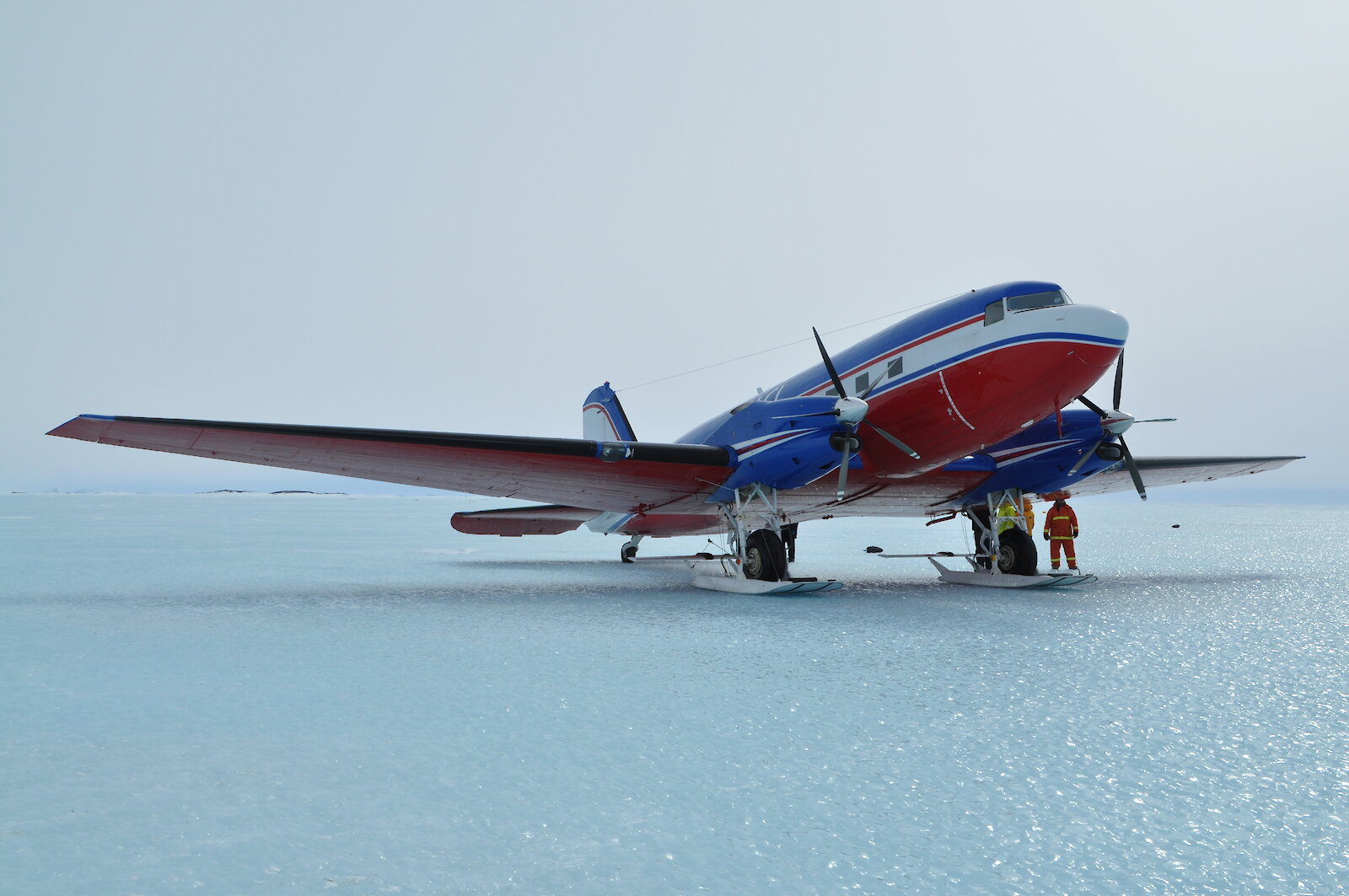After pushing out Chinese JF-17 aircraft for second-hand Danish F-16s, the US government has now greenlit a potential sale of Basler Turbo Conversions BT-67 aircraft to Argentina, accompanied by a comprehensive support package valued at up to $143 million.
The deal, authorized under a Foreign Military Sales (FMS) agreement, aims to bolster Argentina’s aerial capabilities, particularly in airdrop and airlift operations, reducing reliance on aging aircraft and enhancing national security.
The US State Department approved the potential sale of Basler Turbo Conversions BT-67 aircraft to Argentina, along with a related support package worth an estimated $143 million, on April 18.
This decision, made under a Foreign Military Sales (FMS) agreement, marks another chapter in America’s efforts to solidify its influence in Argentina and push back China.
The Basler BT-67, powered by Pratt & Whitney Canada PT6A-67R turboprop engines, represents a modernization of the venerable Douglas DC-3 airframe.
According to Basler Turbo Conversions, the aircraft is equipped with a fuselage stretch and state-of-the-art glass cockpit avionics. It offers enhanced capabilities, including an increased gross take-off weight to 30,000lb (13,600kg) and a blend of simplicity, reliability, and operational performance.

While the exact number of aircraft involved in the sale remains undisclosed, the agreement extends beyond the delivery of aircraft, encompassing logistics, maintenance, program support, and spare parts provision.
The Defense Security Cooperation Agency (DSCA) highlighted that the proposed sale will significantly enhance Argentina’s ability to address present and future threats, particularly by augmenting capacity for airdrop and airlift operations crucial for servicing Antarctica during the winter season.
Argentina’s current aerial fleet comprises aging assets, including four Lockheed Martin C-130H tactical transports, two KC-130H tankers, and a single commercial L-100 airlifter, whose ages range from 34 to 55.
The acquisition of the BT-67 aircraft is poised to alleviate the strain on these aging platforms while boosting the country’s overall airlift capabilities.
US Punctures Chinese Influence in Argentina
The sales mark the most recent effort in a series of recent decisions by the US to counter Chinese influence in Argentina.
For instance, this development follows closely on the heels of Argentina’s recent agreement with Denmark to acquire 24 secondhand Lockheed F-16A/B fighters. The United States’ support was instrumental in facilitating this deal.
The acquisition of the F-16s is expected to reinstate Argentina’s supersonic fighter capability, which had lapsed following the retirement of its last Dassault Aviation Mirage IIIs and Vs in 2015.
For decades, Argentina has sought to procure a new fighter jet, but financial constraints and diplomatic challenges, notably the British blockade, have impeded progress. Among the options considered were two aircraft from Asia: the Indian LCA Tejas and the JF-17 Block III, jointly developed by China and Pakistan.
However, under previous administrations, Argentina demonstrated a strong interest in acquiring Chinese military aircraft. Subsequently, the US began offering second-hand Danish F-16 fighter jets to Buenos Aires, a deal that Argentina ultimately chose to pursue.
The decision to opt for F-16s also closed the door on the JF-17 multi-role fighter, a significant move given earlier indications from the Argentinean Embassy in China about the nation’s interest in Chinese aircraft.
China had been optimistic about securing the deal, touting the advanced capabilities of the JF-17 Block-III variant, including advanced avionics, electronics, and an active electronically scanned array (AESA) radar, along with compatibility with Chinese air-to-air missiles.
However, US intervention, motivated by concerns over China’s growing influence in the region, played a pivotal role in swaying Argentina’s decision.
Washington’s offer of F-16 fighter jets not only provided a viable alternative but also reflected broader strategic objectives aimed at countering Beijing’s expanding footprint in South America.
Observers note that Argentina’s choice in favor of the F-16s underscores the complex dynamics of the US-China Great Power rivalry, particularly in South America.
Why Did Netizens ‘Mock’ Nigeria For Importing JF-17 Fighter Jets From Pakistan?
Additionally, Argentina recently dispatched a delegation comprising officials from the national government, scientists, and experts to inspect the controversial Chinese deep space observation station in Neuquén Province.
This inspection was mandated by the Cabinet Office, led by Nicolás Posse, following repeated requests from the United States.
These requests were communicated through the American Ambassador in Buenos Aires, Marc Stanley, and General Laura Richardson, the head of the Southern Command, who recently visited Argentina.
That being said, as Washington seeks to prevent the proliferation of Chinese military hardware in its neighborhood, strategic moves such as offering military aircraft to regional allies become instrumental in shaping the geopolitical landscape.
- Contact the author at ashishmichel(at)gmail.com
- Follow EurAsian Times on Google News